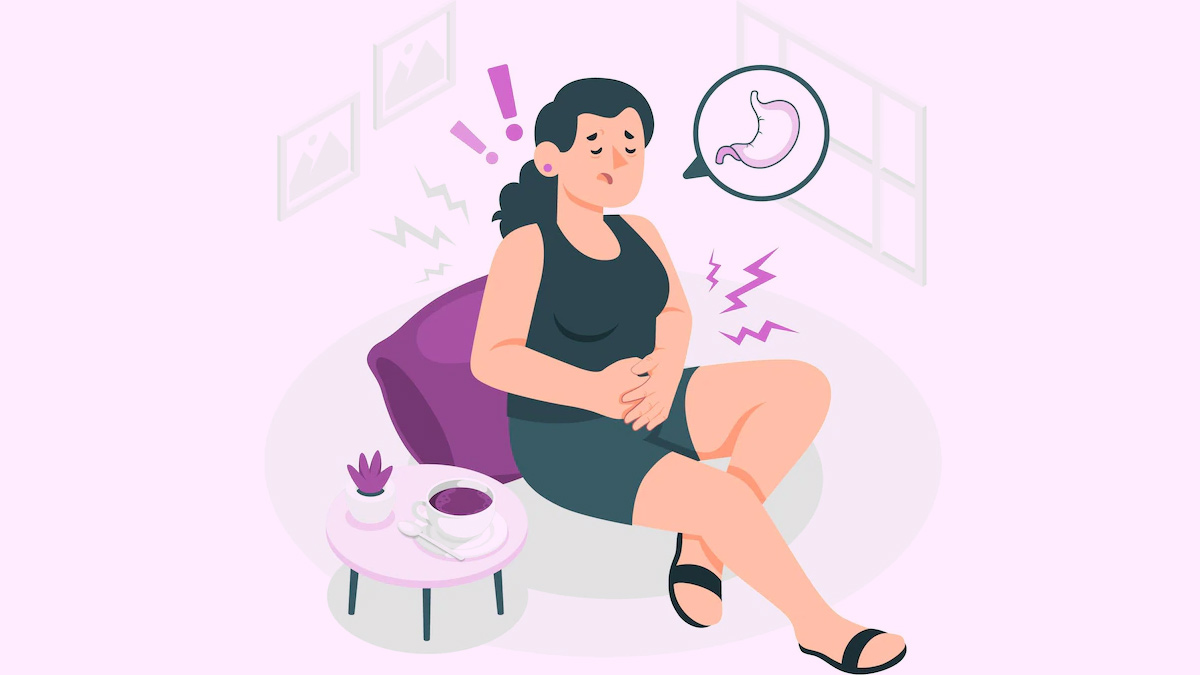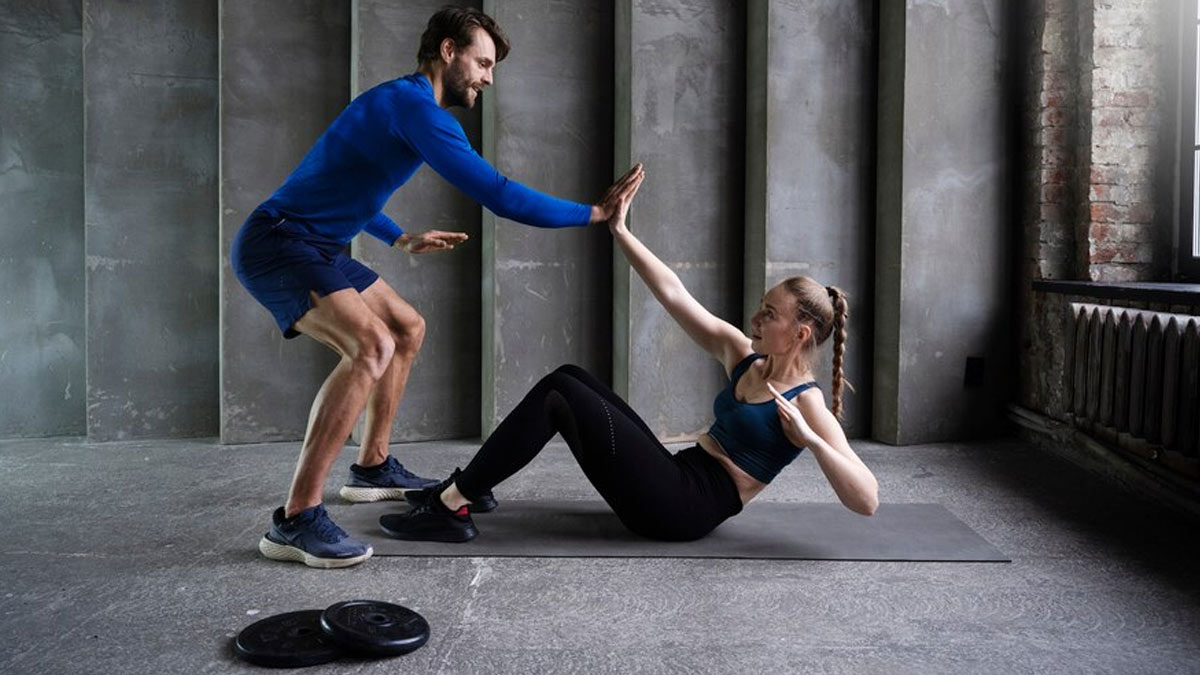
Pelvic pain can be a debilitating condition that affects both men and women, often stemming from various causes such as muscular strain, inflammation, infections, or chronic conditions like endometriosis and interstitial cystitis. While it's important to consult with a healthcare professional to identify the underlying cause of pelvic pain, there are several self-care strategies that can help alleviate discomfort. Here are five effective methods to relieve pelvic pain.
Table of Content:-
1. Practise Pelvic Floor Exercises
Pelvic floor exercises, also known as Kegel exercises, can strengthen the muscles of the pelvic floor, providing support to the bladder, uterus, and rectum. These exercises can help alleviate pain and improve muscle function.

How to Do It
Identify the Muscles: To locate your pelvic floor muscles, try stopping your urine flow midstream. These are the muscles you need to exercise.
Also read; 8 Signs Of Weak Pelvic Muscles In Women To Watch Out For
Perform the Exercises: Contract these muscles for five seconds, then relax for five seconds. Repeat this process 10-15 times per session, aiming for three sessions per day.
Consistency: Regular practice is key. Gradually increase the duration and intensity of contractions as your muscles become stronger.
Benefits
Improves Muscle Tone: Strengthening the pelvic floor muscles can reduce pain and discomfort.
Enhances Control: These exercises can also help with urinary and bowel control.
2. Apply Heat Therapy
Heat therapy is an effective way to relax muscles and alleviate pain. Applying heat to the pelvic area can increase blood flow, reduce muscle spasms, and provide relief from pain.
How to Do It
- Heating Pad: Use an electric heating pad or a microwaveable heat pack. Place it on the lower abdomen or pelvic area for 15-20 minutes.
- Warm Bath: Soaking in a warm bath for 20-30 minutes can provide similar benefits. Adding Epsom salts can enhance the muscle-relaxing effects.
Benefits
- Relaxes Muscles: Heat helps relax tense muscles and alleviate spasms.
- Improves Blood Flow: Increased blood flow to the area can promote healing and reduce pain.
3. Incorporate Gentle Stretching and Yoga
Gentle stretching and yoga can improve flexibility, reduce muscle tension, and alleviate pelvic pain. Specific poses and stretches can target the muscles of the pelvic area and provide relief.
How to Do It
- Child’s Pose: Kneel on the floor, sit back on your heels, and stretch your arms forward, lowering your forehead to the ground. Hold for 1-2 minutes.
- Cat-Cow Stretch: On your hands and knees, alternate between arching your back (cow pose) and rounding it (cat pose). Repeat 10-15 times.
- Butterfly Stretch: Sit with your feet together and knees bent outward. Gently press your knees down with your elbows and lean forward. Hold for 20-30 seconds.
Benefits
Reduces Tension: Stretching helps to release tension in the pelvic muscles.
Improves Flexibility: Increased flexibility can reduce the risk of muscle strain and pain.
4. Stay Hydrated and Maintain a Healthy Diet
Proper hydration and a balanced diet can play a significant role in managing pelvic pain, especially if it’s related to conditions like interstitial cystitis or urinary tract infections.
How to Do It
Drink Water: Aim to drink at least 8 glasses of water a day to stay hydrated and help flush out toxins.
Healthy Diet: Include anti-inflammatory foods such as fruits, vegetables, whole grains, and lean proteins in your diet. Avoid spicy, acidic, or caffeinated foods and beverages if they trigger your pain.
Benefits
Reduces Inflammation: A healthy diet can help reduce inflammation, a common cause of pelvic pain.
Prevents Dehydration: Staying hydrated can prevent muscle cramps and reduce pain.
5. Consider Mind-Body Techniques
Mind-body techniques such as mindfulness meditation, deep breathing exercises, and progressive muscle relaxation can help manage stress and reduce the perception of pain.
Also read: Malaika Arora Inspires Again With Easy Stress Relieving Yoga Pose
How to Do It
Mindfulness Meditation: Sit in a quiet place, close your eyes, and focus on your breathing. Allow thoughts to pass without judgement and gently bring your attention back to your breath.
Deep Breathing: Inhale deeply through your nose, hold for a few seconds, and exhale slowly through your mouth. Repeat this for 5-10 minutes.
Progressive Muscle Relaxation: Tense each muscle group in your body for a few seconds and then release, starting from your toes and working up to your head.
Benefits
- Reduces Stress: These techniques help reduce stress and anxiety, which can exacerbate pain.
- Enhances Relaxation: Promotes overall relaxation and a sense of well-being.
Pelvic discomfort can have a substantial influence on your quality of life, but using these self-care practices can help relieve it and improve your overall well-being. Pelvic floor exercises, heat treatment, mild stretching and yoga, staying hydrated through a good diet, and using mind-body techniques are all excellent strategies to manage and relieve pelvic discomfort. Always consult with a healthcare professional to determine the root cause of your pain and create a complete treatment plan that is tailored to your individual requirements.
Also watch this video
How we keep this article up to date:
We work with experts and keep a close eye on the latest in health and wellness. Whenever there is a new research or helpful information, we update our articles with accurate and useful advice.
Current Version